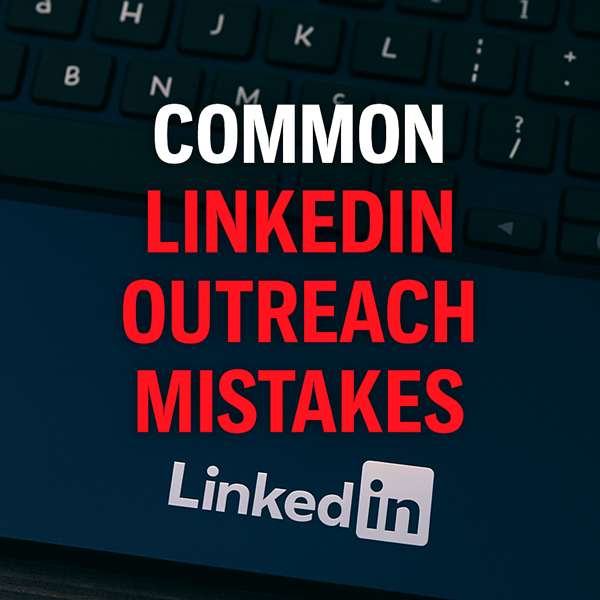Cold Calling vs. Cold Emailing: Which Works Best in 2025?
In the world of business, reaching out to potential customers is very important. Two popular methods for doing this are cold calling and cold emailing. Cold calling involves making phone calls to people who have not shown interest in a product or service. Cold emailing means sending messages through email to those same people. As we move into 2025, many businesses are asking which method works better. This article will explore both strategies. We will look at their strengths, weaknesses, and how they can be used effectively. By the end, you will know which method might work best for your needs.

Understanding Cold Calling: What Is It?
![]()
Cold calling is when a salesperson calls someone they have never spoken to before. The goal is to introduce a product or service and hopefully make a sale.
- Direct Communication: Cold calling allows for face-to-face conversation over the phone.
- Immediate Feedback: Salespeople can get instant responses from potential customers.
- Personal Touch: Voice tone and enthusiasm can make a big difference.
- Building Rapport: It’s easier to build a connection when talking directly.
- Adjusting on the Fly: Salespeople can change their approach based on the customer’s reactions.
However, cold calling also has its challenges. Many people do not like receiving unsolicited calls. They may hang up or ignore the call altogether. This can make it hard for salespeople to reach their goals.
Statistics show that about 80% of cold calls result in rejection. This can be discouraging for sales teams. However, some companies still find success with cold calling by training their staff well and using effective scripts.
For example, a tech company may use cold calling to reach IT managers. They can explain the benefits of their software directly. This personal touch can lead to more successful sales than just sending an email.
Overall, cold calling requires skill and confidence. It can be effective if done right. But it also needs to consider the preferences of the person being called.
What Is Cold Emailing? A Simple Explanation
![]()
Cold emailing is when someone sends an email to a person they do not know. The purpose is similar to cold calling: to sell a product or service.
- Cost-Effective: Sending emails is usually cheaper than making phone calls.
- Wider Reach: Emails can go to many people at once.
- Time Flexibility: Recipients can read emails at their convenience.
- Easy to Share: Emails can be forwarded to others easily.
- Tracking Metrics: Businesses can track open rates and responses.
However, cold emailing has its downsides too. People receive many emails daily. Your message may get lost in their inbox. There is also a chance that your email could be marked as spam.
Studies show that only about 20% of cold emails get responses. To improve this number, businesses must craft compelling subject lines and content.
For instance, a clothing brand might send a cold email to fashion bloggers. If the email is engaging, it can lead to collaborations that benefit both parties.
In conclusion, cold emailing allows for creative expression and can reach a larger audience. Yet, it requires effort to stand out in crowded inboxes.
Comparing Cold Calling and Cold Emailing
![]()
Both methods have their pros and cons. Understanding these can help businesses choose the right strategy.
- Engagement: Cold calling offers more personal engagement.
- Scalability: Cold emailing can reach more people quickly.
- Response Rates: Cold calling may yield higher immediate feedback.
- Cost: Cold emailing is generally less expensive.
- Time Consumption: Cold calling takes more time per contact.
Businesses should consider their target audience. Some products or services may require a personal touch. Others may be better suited for email outreach.
A study found that companies that use both methods together can see better results. For example, a company might follow up a cold email with a phone call. This two-step approach can reinforce the message.
Ultimately, the decision comes down to the specific needs of the business and its customers. Each method has unique advantages that can lead to success.
Trends for Cold Calling in 2025
![]()
As we move toward 2025, trends in cold calling are changing. Technology is playing a big role.
- Smart Dialers: These tools automatically dial multiple numbers.
- Data Analytics: Companies are using data to target the right prospects.
- AI Assistance: Artificial intelligence can help script calls.
- Video Calls: More salespeople are using video for a personal touch.
- Training Programs: Ongoing training helps improve skills.
These trends can enhance the effectiveness of cold calling. Smart dialers save time. Data analytics ensure salespeople are calling the right people.
For example, a marketing firm might use AI to analyze customer data. They can then tailor their calls to address specific needs.
Video calls allow for a more personal interaction. They can help build trust faster than a regular phone call.
Overall, the future of cold calling looks promising. Embracing technology can lead to better results and happier customers.
Emerging Trends in Cold Emailing for 2025
![]()
Cold emailing is also evolving as we head into 2025. New trends are shaping how businesses communicate.
- Personalization: Tailoring emails to individual recipients is key.
- Video Emails: Adding videos can increase engagement.
- Interactive Content: Including polls or quizzes can capture attention.
- Mobile Optimization: Ensuring emails look good on phones is crucial.
- Automated Follow-ups: Automating reminders can boost response rates.
Personalization is becoming essential. Generic emails often get ignored. Customizing messages shows potential customers that you care.
Video emails can make a strong impact. They provide a visual element that text cannot convey. This can make the email feel more personal.
Interactive content can engage readers. For instance, a survey link within the email can encourage responses. This creates a two-way conversation.
With most people using smartphones, mobile optimization is vital. Emails must be easy to read on small screens.
Automated follow-ups can remind potential customers without being pushy. This keeps the conversation going while saving time.
Best Practices for Effective Cold Calling
![]()
To succeed in cold calling, certain practices can help salespeople perform better.
- Research Prospects: Know who you are calling and their needs.
- Prepare a Script: Have a basic outline to guide the conversation.
- Practice Active Listening: Pay attention to what the prospect is saying.
- Follow Up: Always follow up after the initial call.
- Stay Positive: Keep a positive attitude, even if you face rejection.
Researching prospects allows salespeople to tailor their pitch. Knowing details about the person can create a stronger connection.
Having a script can keep the conversation focused. It provides structure but should allow for flexibility.
Active listening is crucial. It shows respect for the prospect’s input and can lead to valuable insights.
Following up demonstrates persistence. It reminds prospects of the conversation and keeps the dialogue open.
Lastly, maintaining a positive attitude is vital. Rejection is part of the process. Staying upbeat can help salespeople continue their efforts.
Best Practices for Successful Cold Emailing
![]()
To write effective cold emails, there are several best practices to consider.
- Craft a Catchy Subject Line: Make it intriguing to encourage opens.
- Keep It Short: Be concise and to the point.
- Focus on Value: Explain how your offer can help the reader.
- Include a Call to Action: Encourage the reader to take the next step.
- Proofread: Check for errors before hitting send.
A catchy subject line grabs attention. It can make the difference between an opened email and one that gets ignored.
Short emails are more likely to be read. Busy professionals appreciate brevity.
Focusing on value shows why the recipient should care. Highlighting benefits can pique interest.
A clear call to action tells the reader what to do next. Whether it’s scheduling a call or visiting a website, clarity is key.
Finally, proofreading ensures professionalism. Mistakes can harm credibility and reduce chances of a response.
Conclusion: Choosing Between Cold Calling and Cold Emailing
![]()
In conclusion, both cold calling and cold emailing have their benefits and drawbacks. Cold calling offers direct communication and immediate feedback. On the other hand, cold emailing is scalable and cost-effective.
As we approach 2025, trends in both areas are evolving with technology. Businesses must adapt to these changes to stay competitive. Using both methods in tandem can lead to greater success.
Ultimately, the best choice depends on your audience and goals. Understanding the strengths and weaknesses of each method can help you make informed decisions. By applying best practices, you can maximize your outreach efforts and achieve better results.




